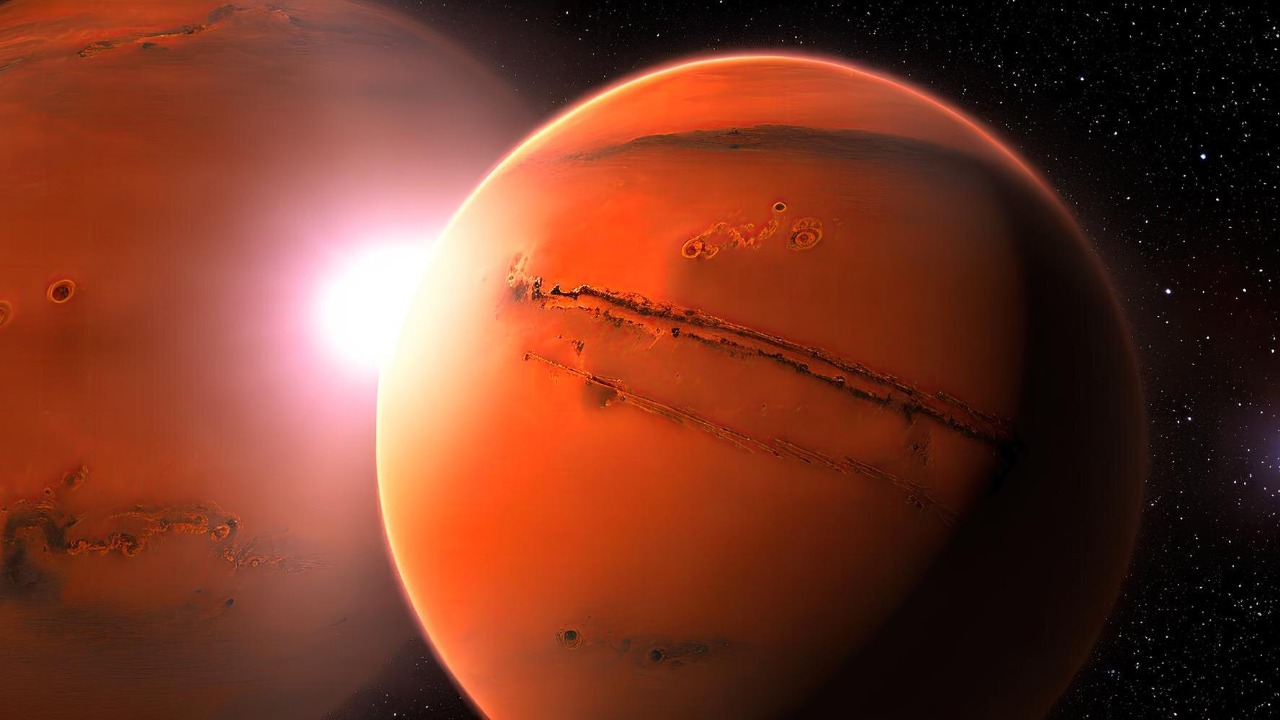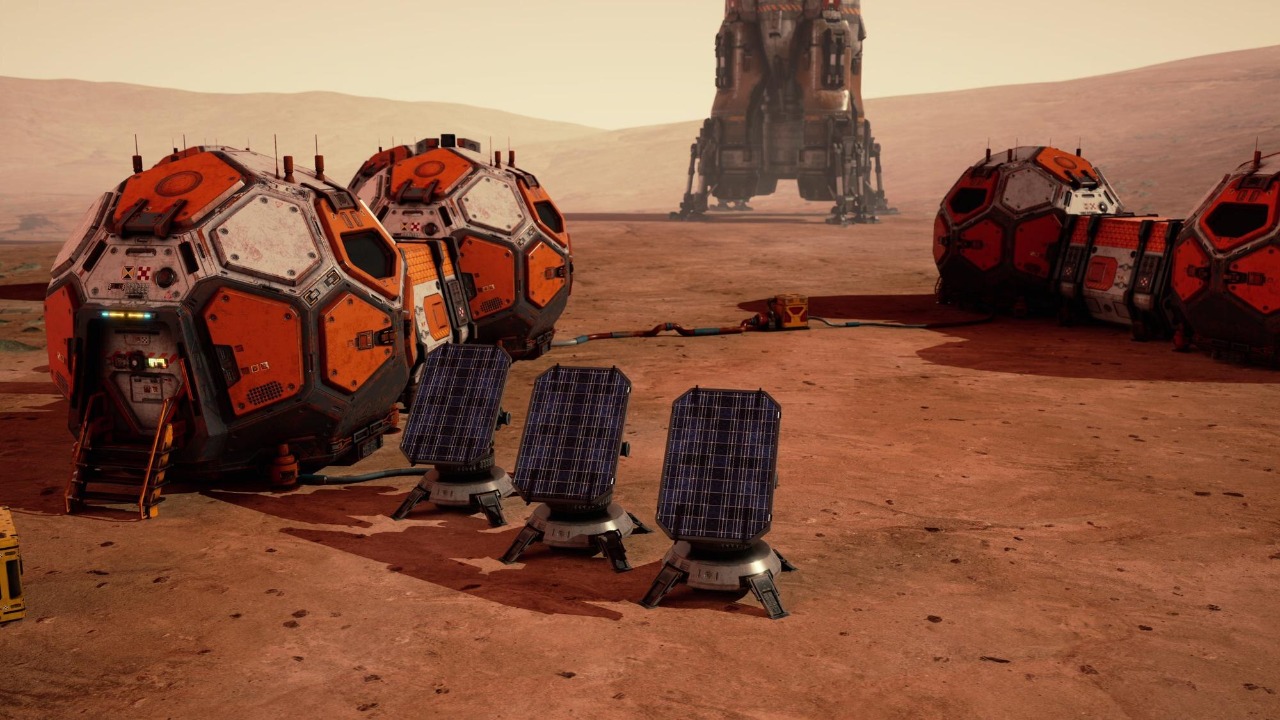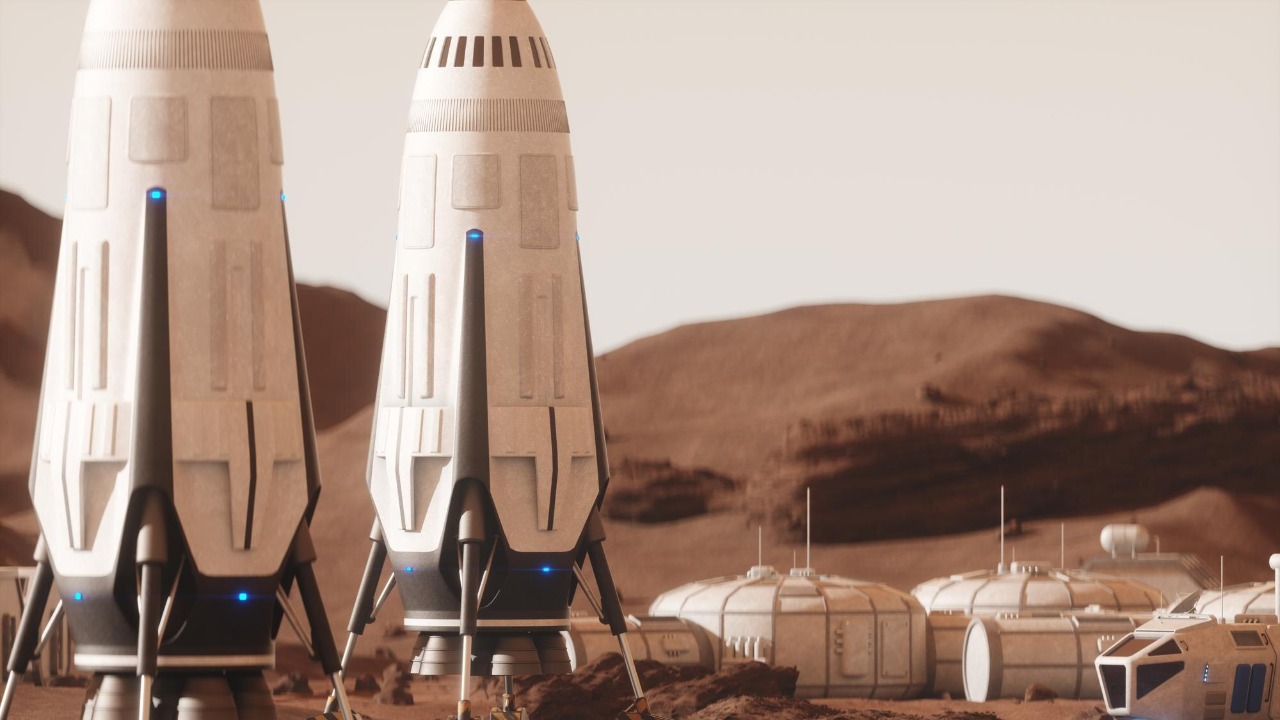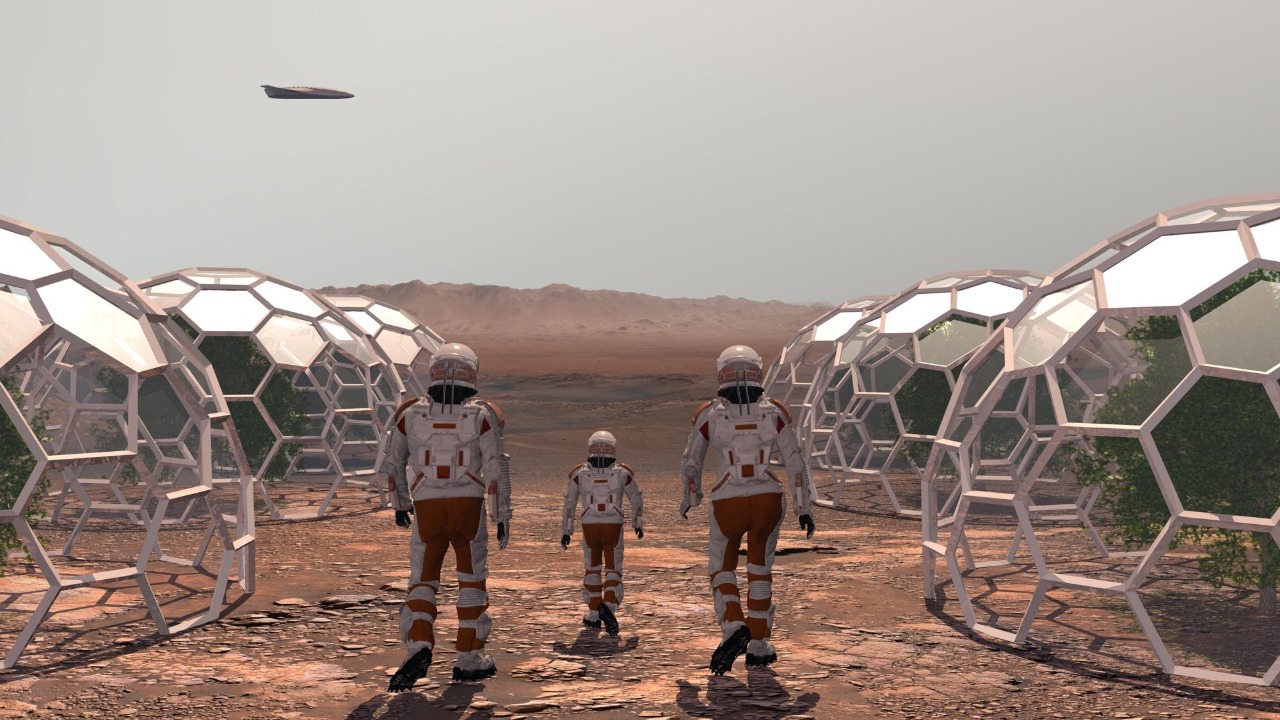
Recent studies have suggested that the human capacity to endure the harsh conditions of Mars may be limited to a four-year period. This timeframe is primarily dictated by the cumulative exposure to radiation and other environmental factors on the Red Planet. Understanding these limitations is crucial for future mission planning and long-term human habitation on Mars.
The Challenge of Radiation on Mars

Radiation is a significant concern for any mission to Mars. During the journey and upon arrival, astronauts will be exposed to space radiation that differs from what we experience on Earth. This includes solar particle events and galactic cosmic rays, which can cause a range of health issues, from acute radiation syndrome to increased cancer risk. According to a report, these hazards necessitate a cautious approach to mission duration.
Current technologies and strategies aim to mitigate radiation exposure. These include spacecraft shielding, protective habitats, and wearable radiation vests. Despite these measures, the long-term effects of Martian radiation remain a concern. Prolonged exposure could potentially damage DNA and impair cognitive functions, posing a challenge for missions exceeding the four-year mark.
Understanding these long-term effects is vital for planning future missions. Researchers continue to explore advanced materials and technologies that could offer better protection. The ongoing study of radiation effects on the human body, as highlighted in a JSTOR article, is critical for developing more effective countermeasures.
The Human Body in Space

Space travel induces various physiological changes due to microgravity. Muscle atrophy and bone density loss are common issues faced by astronauts. These effects are exacerbated on missions like those to Mars, where gravity is significantly lower than on Earth. The New Yorker discusses how these changes can impact an astronaut’s ability to perform tasks and maintain health over extended periods.
Beyond physical changes, psychological impacts are a significant concern. Isolation, confinement, and the monotony of space travel can lead to mental health challenges. Astronauts on a Mars mission may face stress and anxiety due to the distance from Earth and communication delays. Therefore, psychological support and coping strategies are essential components of mission planning.
Adaptation and coping strategies are continuously being developed to help astronauts adjust to these challenges. Techniques such as regular exercise, virtual reality environments, and team-building exercises are crucial in maintaining physical and mental well-being. These practices aim to mitigate the adverse effects of long-duration space missions.
Technological and Logistical Considerations

Life support systems are the backbone of any Mars mission. They must efficiently provide oxygen, water, and food while recycling waste. Current technologies focus on sustainability and reliability to ensure the safety and health of astronauts on Mars. Understanding and improving these systems is crucial for missions of any significant duration.
Managing resources like food, water, and oxygen is a logistical challenge. Strategies such as growing food on Mars, recycling water, and generating oxygen from the Martian atmosphere are being developed. These innovations are vital for reducing dependency on Earth and ensuring the feasibility of long-term missions.
Planning the return journey is another critical aspect. Ensuring the spacecraft is capable of safely returning astronauts to Earth after an extended stay involves significant logistical planning. Factors such as fuel requirements, spacecraft maintenance, and re-entry procedures are essential considerations for mission success.
Implications for Future Mars Missions

Mission planning must account for the four-year limit imposed by radiation exposure and other environmental factors. This constraint influences the design and execution of future Mars missions, necessitating a focus on safety and sustainability. Research into new technologies could potentially extend human habitation on Mars beyond this period.
International collaboration and technological innovation play crucial roles in overcoming these challenges. Partnerships between space agencies and private companies can accelerate the development of solutions for long-term Mars exploration. As highlighted by Phys.org, these collaborations are essential for advancing our capabilities and ensuring mission success.
Exploring the potential for extended stays requires continuous research and development. New materials, technologies, and methodologies are being investigated to enhance the safety and sustainability of Mars missions. The goal is to push the boundaries of human exploration while ensuring the well-being of astronauts.
The Vision for Mars Colonization

Establishing a human presence on Mars is a long-term goal for many space agencies and private entities. The broader vision goes beyond short-term missions, aiming to create sustainable colonies that can thrive independently of Earth. This ambitious goal requires significant advancements in technology and international cooperation.
Ethical and societal considerations are integral to the discussion of Mars colonization. The potential impact on Martian environments, the ethical treatment of astronauts, and the societal implications of leaving Earth are all critical issues to address. Thoughtful deliberation on these topics is necessary as we progress toward this vision.
Inspiring future generations is a vital aspect of Mars exploration. The prospect of living on another planet captures the imagination and can fuel interest in STEM fields. By advancing our capabilities and exploring new frontiers, we inspire the next generation of space explorers to continue reaching for the stars.